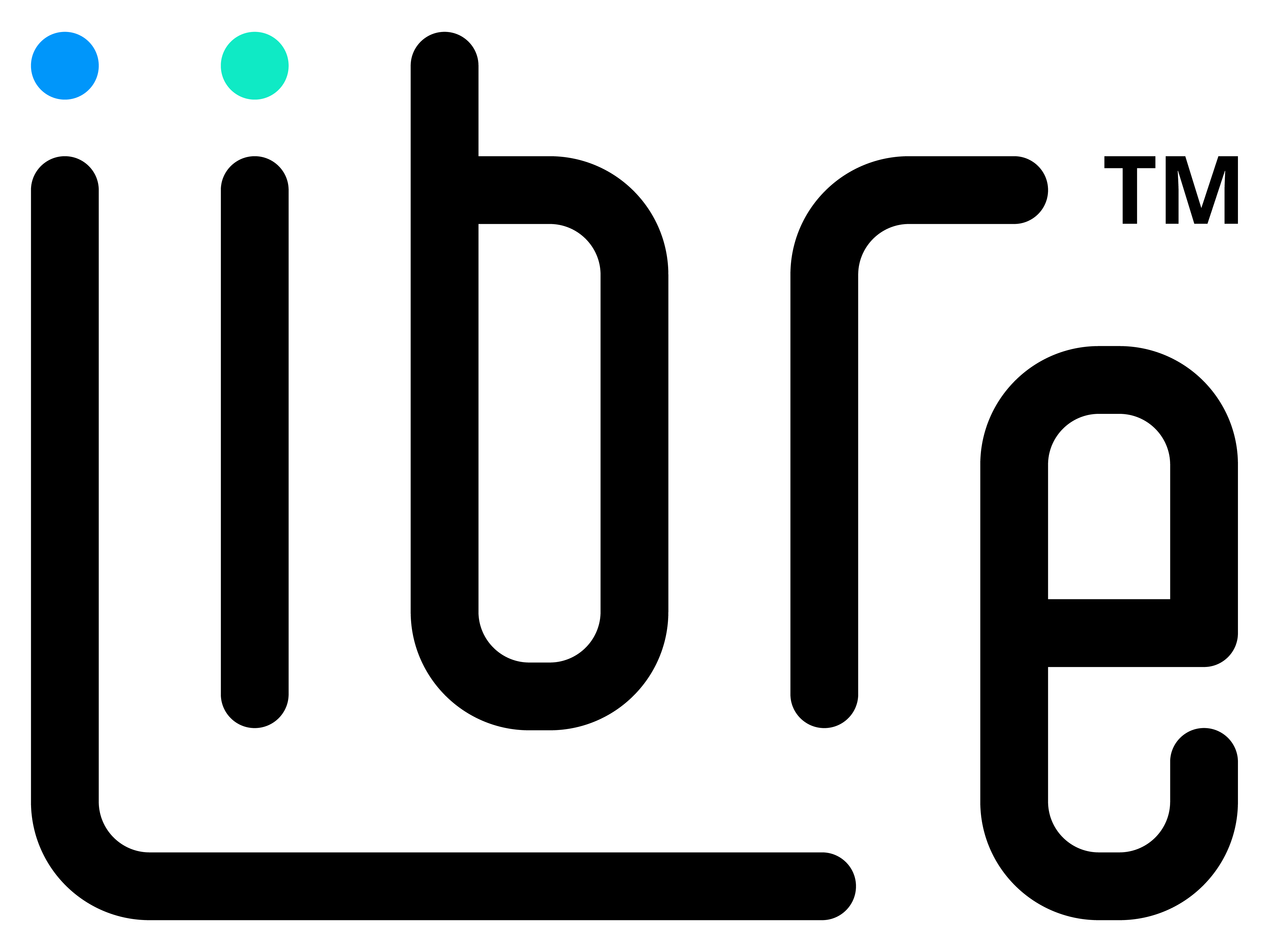Time to value (TTV) is the amount of time elapsed between the purchase and experience of the proposed value of the technology, software, or widget. Time to value is a critical metric to consider when surveying options for industrial software because it frames expectations of the buyers and users. Have you ever experienced the emotional roller-coaster of software implementation in IT or OT? For many users, the experience amounts to a brief spike in excitement about how the software will make your job easier and provide insights, followed by the reality of implementation challenges. For the CFOs and IT buyers, they love the thought of being the champion of the new system that saved the company thousands (if not millions) of dollars. The business case for the solution is reliable, and the sales team presents beautiful charts to you, displaying how your return on investment might look. But then something happens, and the excitement about the solution fades. You find yourself spending more time with implementation consultants and building workarounds so that your processes can fit the programmed biases in the software on how you should run your operations. Gartner captures this process well in the technology hype cycle. The “trough of disillusionment” is where the excitement wears off, and implementation hits roadblock after roadblock, delaying the buyer’s time to value. CFOs and IT departments have become weary of agreed-upon prices and promised value only to experience their budgets increasingly infringed upon with implementation costs.
TTV in Industrial Software
Industrial software users have become resigned to the enterprise software value proposition. Namely, hundreds of thousands of dollars to get systems up and running, often with more features than are needed, and delays and hidden costs to boot. What are small and medium manufacturers (SMMs) to do when they’ve been conditioned over many years that enterprise is the only suitable option? Time to value is even more critical when margins are tight. Two possibilities are routinely presented to CFOs and IT/OT departments:
- Purchase enterprise software, even if it doesn’t precisely fit your needs.
- Continue with the status quo.
If your company pursues option one, the hidden costs emerge shortly after the contract is signed and the payment clears. The hidden fees function similarly to the hidden factory that manufacturers know well. Hidden factories are the extra activities in an operation that are not planned. These activities are events like reworks or workarounds (like trying to fit your process to fulfill a software requirement).
But what if there was a third option where SMMs could realize the time to value measured in days, if not hours?
Time to Remove the Restraints
The manufacturing software industry has trained us to believe that we should expect a long TTV. Furthermore, they’ve normalized software costs from the tens to hundreds of thousands of dollars. And what about the work arounds because the product doesn’t fit your work flows? Libre is free and it is designed to fit your work flows. We believe manufacturers should be able to harness their data without being bound by someone else’s software assumptions. If you are interested in learning more about how Libre can work for you, follow this link. How’s that for accelerated time to value?
A Manufacturing Case Study
We recently worked with a discrete manufacturing company that uses cheese as a component in one of its products. Of the ingredients used, cheese had the most variability due to the fluctuations in dairy prices. Within days of standing up Libre, they found that they were losing thousands of dollars per week due to a poorly designed rework process that resulted in hundreds of pounds of “give away.” With the help of Libre, they were able to identify the losses and quickly implemented solutions on the line to eliminate the loss, thus increasing their margins. This SMM experienced TTV measured in hours!
Click here to learn more about Libre’s free software licenses.

